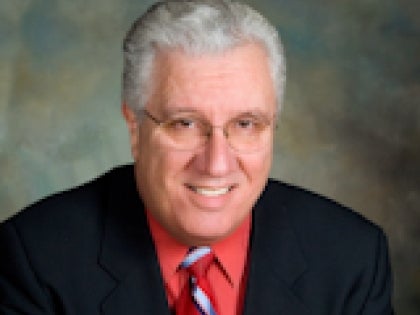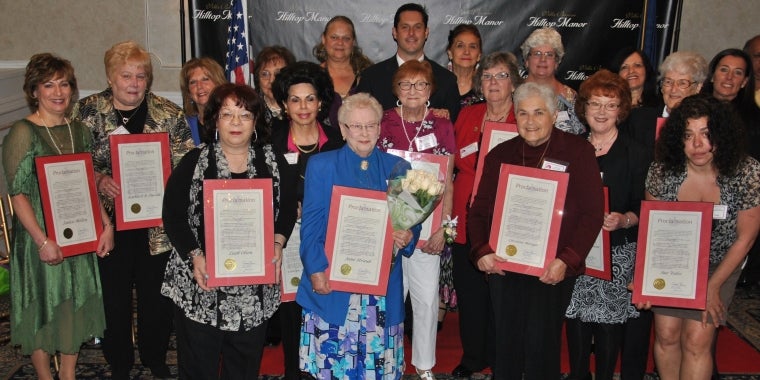
JOINT TASK FORCE ON HEROIN AND OPIOID ADDICTION
Panel Will Develop Recommendations to Prevent and Treat Addiction and Its Related Crimes
The Senate Majority Coalition today announced the creation of the Senate Task Force on Heroin and Opioid Addiction to examine the rise in use of heroin and other opioids in New York State and develop recommendations for treating and preventing addiction.
The bipartisan task force will examine the issues and solicit input from experts and other stakeholders about addiction prevention and treatment options, the rise in heroin and opioid use, and the potential for drug-related crimes and other negative community impacts. The task force will then develop recommendations which will be used to draft legislation to address the issues raised.
“The surge of heroin use is creating a statewide epidemic. It is an extremely powerful and addictive drug that doesn’t discriminate when it comes to enslaving people to addiction. We need to aggressively fight back to curb this widespread deadly problem,” said Senator Carl L. Marcellino, a member of the task force.
The task force will hold forums in communities across the state to solicit input from stakeholders and experts and use the information collected to develop recommendations for legislative action. The first forum, held by task force Chairman Boyle, will take place on April 8, 2014, from 10 a.m. to 2 p.m. in the Van Nostrand Theatre of Suffolk County Community College’s Brentwood Campus, 1001 Crooked Hill Road, Brentwood. Additional dates and locations for forums throughout the state will be forthcoming.
In the Senate’s budget resolution passed last week, $5 million was proposed for increased heroin prevention, treatment, and recovery support services. The resolution also included a measure to increase the penalties for drug dealers by making it a class B felony for anyone to possess 50 or more individual packets of heroin and/or an amount of heroin with an aggregate value of at least $300.
The task force will also examine the crimes that accompany increases in illegal drug activity. In February, the New York Times reported that the federal Drug Enforcement Administration’s (DEA) heroin seizures in New York State increased 67 percent over the last four years. The DEA’s New York office “seized 144 kilograms of heroin, nearly 20 percent of its seizures nationwide, valued at roughly $43 million.”
Heroin’s deadly affects are well established, and overdoses are on the rise across the state. Data released by Newsday reported that heroin “killed a record 121 people in Nassau and Suffolk in 2012 and at least 120 last year -- the two highest totals ever recorded.”
As prescription painkillers became more difficult to obtain and more expensive when sold illegally, individuals turned towards heroin because is it often cheaper and/or more easily obtained and provides a high similar to prescription opioids.
A 2012 federal survey on drug use and health reported that the number of people who said they used heroin in the past 12 months rose from 373,000 people in 2007 to 669,000 people in 2012. The agency also reported that the number of people dependent on heroin rose, from 179,000 people in 2007 to 369,000 people in 2011. According to the National Institutes of Health (NIH), in 2011, 4.2 million Americans aged 12 or older (or 1.6 percent) said they had used heroin at least once in their lives. The NIH estimates that approximately 23 percent of individuals who use heroin become dependent on this highly addictive drug.


